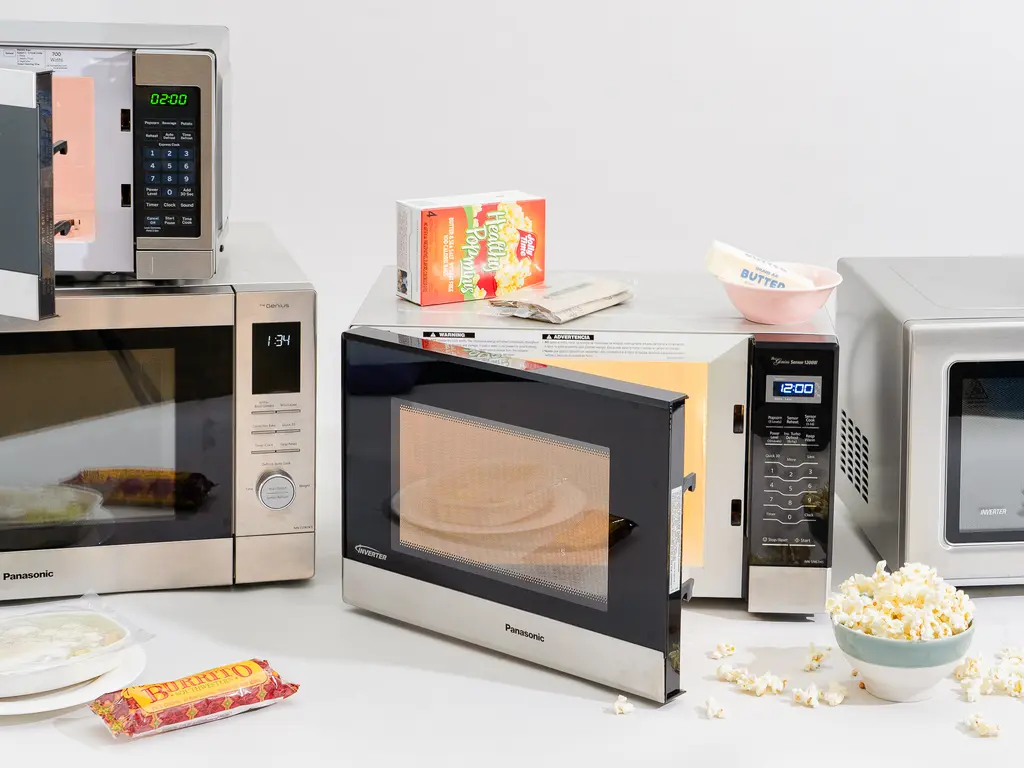
A microwave oven has become one of the most essential kitchen appliances in modern households. From reheating leftovers to preparing quick meals, this versatile device saves time, effort, and energy. Whether you are a working professional, student, or homemaker, owning a microwave oven can make your daily cooking routine much easier and more efficient.
What Is a Microwave Oven?
A microwave oven is an electrical appliance that uses microwave radiation to heat and cook food. Unlike traditional cooking methods that rely on direct heat, microwaves penetrate food and cause water molecules to vibrate, producing heat internally. This makes the cooking process faster and more uniform.
Microwave ovens come in different sizes and types—solo, grill, and convection—each designed for specific cooking needs. They are user-friendly, energy-efficient, and ideal for preparing a wide range of dishes.
Types of Microwave Ovens
-
Solo Microwave Oven:
This is the most basic type of microwave oven, suitable for reheating, defrosting, and simple cooking. It’s perfect for bachelors, small families, or those who use a microwave occasionally. -
Grill Microwave Oven:
A grill microwave oven offers additional features that allow you to grill vegetables, meat, and sandwiches. It combines the benefits of a solo microwave with a grill heater, giving your food a crisp texture. -
Convection Microwave Oven:
This is the most advanced type, capable of baking, roasting, grilling, and cooking evenly. A convection microwave oven uses a fan and heating element to circulate hot air, ensuring perfect results for dishes like cakes, pizzas, and roasted chicken.
Key Features to Look For in a Microwave Oven
When buying a microwave oven, it’s important to consider a few essential features:
-
Capacity:
Choose a capacity that suits your household size. A 17–20L microwave is ideal for singles or couples, while a 25–30L model is better for larger families. -
Power Consumption:
Higher wattage means faster cooking. For most homes, a 900–1200W microwave oven is sufficient. -
Auto Cook Menu:
Many modern microwaves come with pre-set cooking options that make it easier to prepare dishes with just one touch. -
Child Lock Feature:
This safety feature is essential if you have children at home, as it prevents accidental operation. -
Easy Maintenance:
Look for models with a ceramic or stainless-steel cavity for easy cleaning and better heat distribution.
Benefits of Using a Microwave Oven
-
Time-Saving:
The biggest advantage of a microwave oven is speed. It can cook or reheat food in a fraction of the time compared to traditional methods. -
Energy Efficient:
Microwaves consume less energy since they heat only the food and not the surrounding air or utensils. -
Healthy Cooking:
Because microwave ovens cook food faster and use minimal oil, they help retain more nutrients. -
Versatile Usage:
You can bake, steam, grill, or simply reheat food—making the microwave oven a multi-purpose appliance. -
Defrosting Made Easy:
Frozen foods can be quickly thawed without losing texture or flavor.
Tips for Safe Microwave Use
-
Always use microwave-safe glass or ceramic containers.
-
Avoid using metal utensils, as they can cause sparks or damage the oven.
-
Clean the interior regularly to prevent odor buildup.
-
Do not operate the microwave when empty.
-
Follow the manufacturer’s instructions for safe and efficient usage.
Conclusion
A microwave oven is more than just a convenience—it’s a smart kitchen companion that makes everyday cooking easier and faster. Whether you’re preparing a quick breakfast, baking a dessert, or reheating last night’s dinner, a microwave oven helps you do it effortlessly. With the right model and proper use, this appliance can transform your cooking experience while saving both time and energy.

